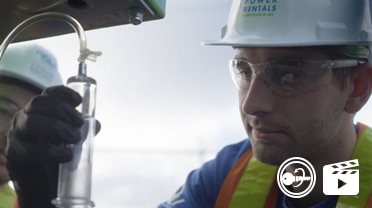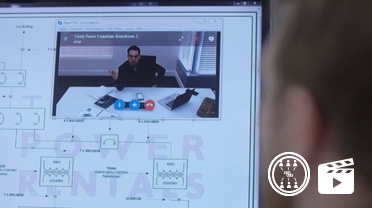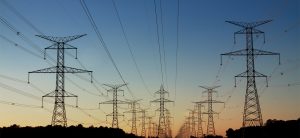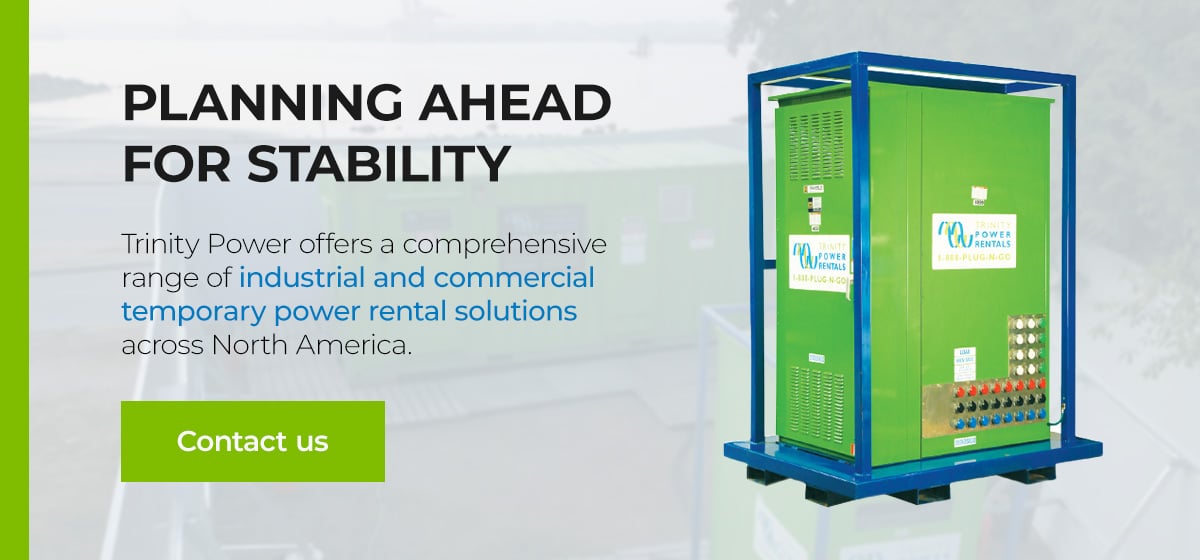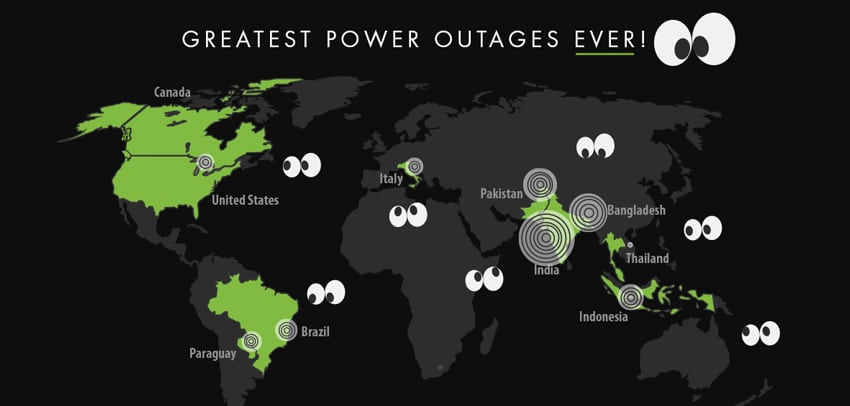- OUR APPROACH
-
COMMITTED TO YOUR SUCCESS
Our approach, developed over decades of experience, is fine-tuned to get the results you want.
We deliver concept-to-completion solutions, designed by temporary power specialists with access to the largest inventory of high-quality power generation and distribution equipment in North America.
-
- Equipment
-
RENTALS
From a wide range of diesel and natural gas generators to transformers, cable, light towers and more, our large rental fleet and extensive vendor network ensure we’ll have the temporary power equipment that your project requires — every time.
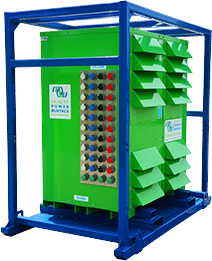
-
- Industries
-
INDUSTRIES WE SERVE
For nearly 20 years, we have been at work powering projects across Canada’s industrial sectors.
Select from this sampling of industries to learn how we can put our expertise to work for you.
VIEW ALL- Projects
- About
-
A PROUD HISTORY. A BRIGHT FUTURE.
From our inception in 1998, we have been building our team on a foundation of excellence. Our team members’ passion, expertise and commitment are what have allowed us to grow into a national company with projects across Canada.
Click on the links to learn more about our history, our team or our career opportunities.
- Blog
- Contact
-
In an era marked by increasingly unpredictable weather patterns, emergency power preparedness has never been more critical. Extreme weather events can lead to sudden power outages, leaving businesses vulnerable and unprepared. In Canada, many power outage incidents result from severe weather changes with little warning, underscoring the necessity for proactive planning.
Many industrial managers recognize that implementing backup solutions and recovery procedures can significantly reduce financial losses and productivity declines caused by unexpected downtime.
Outage Costs for Businesses
A power outage, whether sustained or momentary (less than 10 seconds), can lead to considerable financial losses and cost days of plant productivity. Costs may be tangible — such as idle labor costs, unrecoverable revenue losses, maintenance or replacement of damaged equipment, spoiled products, and health and safety liabilities — or intangible, including reputational damage and lost business opportunities.
The long-term effects of downtime can include increased insurance premiums and higher operational costs as businesses scramble to recover. Depending on the business size, a power outage can result in millions of dollars in annual financial loss.
Frequency and Duration of Power Outages
Power outages are not as rare as is commonly assumed. Many businesses experience multiple outages yearly, often due to severe weather events, equipment failures or even human error. The average duration of these power interruptions can vary significantly, with some lasting just a few minutes while others can extend for several hours or even days.
Even short outages can lead to substantial financial losses for industrial facilities due to halted production processes and idle labor. Understanding the frequency and potential duration of outages is crucial for businesses to develop effective contingency plans and minimize disruptions.
The Importance of Backup Solutions
Since the events that may cause a power outage are so irregular and difficult to predict, it might be tempting to postpone or even avoid investment in backup power solutions that may be critical in the recovery process. The metric — referred to as willingness to pay to prevent the loss of service — is largely determined by what financial value a large industrial plant has assigned to a second or minute of power outage.
This value, multiplied by historical averages of power outage hours per year, may give a good idea of expected annual losses and serve as a guideline in allocating resources for dealing with unplanned power interruptions. Understanding the average cost of downtime is essential for businesses to accurately assess the potential financial impact of outages and justify investments in backup solutions.
Calculating the cost of downtime involves assessing direct financial losses along with potential long-term impacts, such as decreased customer trust and increased operational costs. By understanding these calculated costs, businesses can make informed decisions about investing in reliable backup systems that protect against unexpected outages.
Planning Ahead for Stability
Planning ahead for emergency power generation and formulating swift recovery practices can only benefit an industrial plant or facility’s safety, financial stability and productivity. It is never too late to establish contact with professional services that focus on providing cost-effective, time-sensitive power solutions for unplanned emergency situations.
Trinity Power offers a comprehensive range of industrial and commercial temporary power rental solutions across North America. Contact us today to learn more about how our rental equipment can benefit your business.
Related Articles
Subscribe for access to exclusive content

